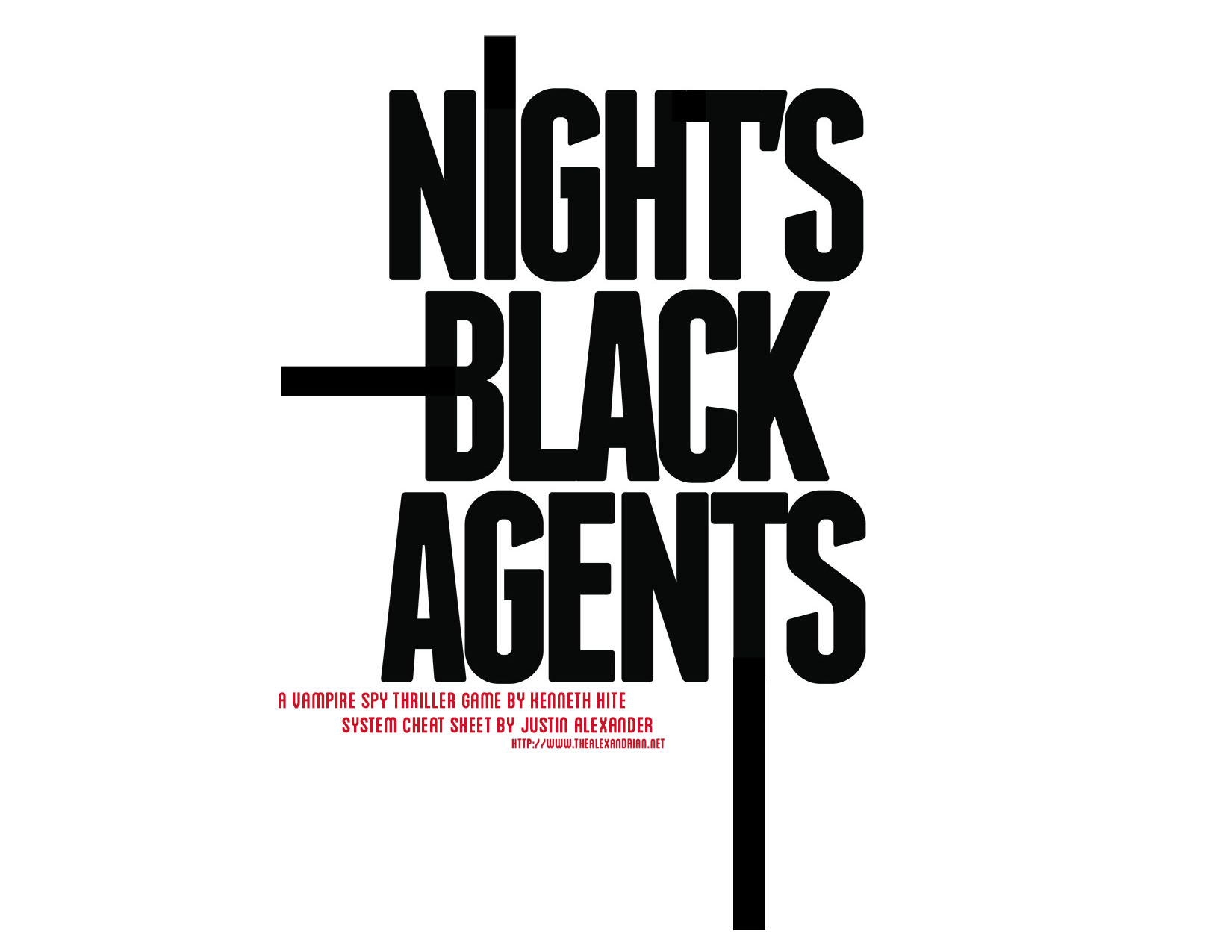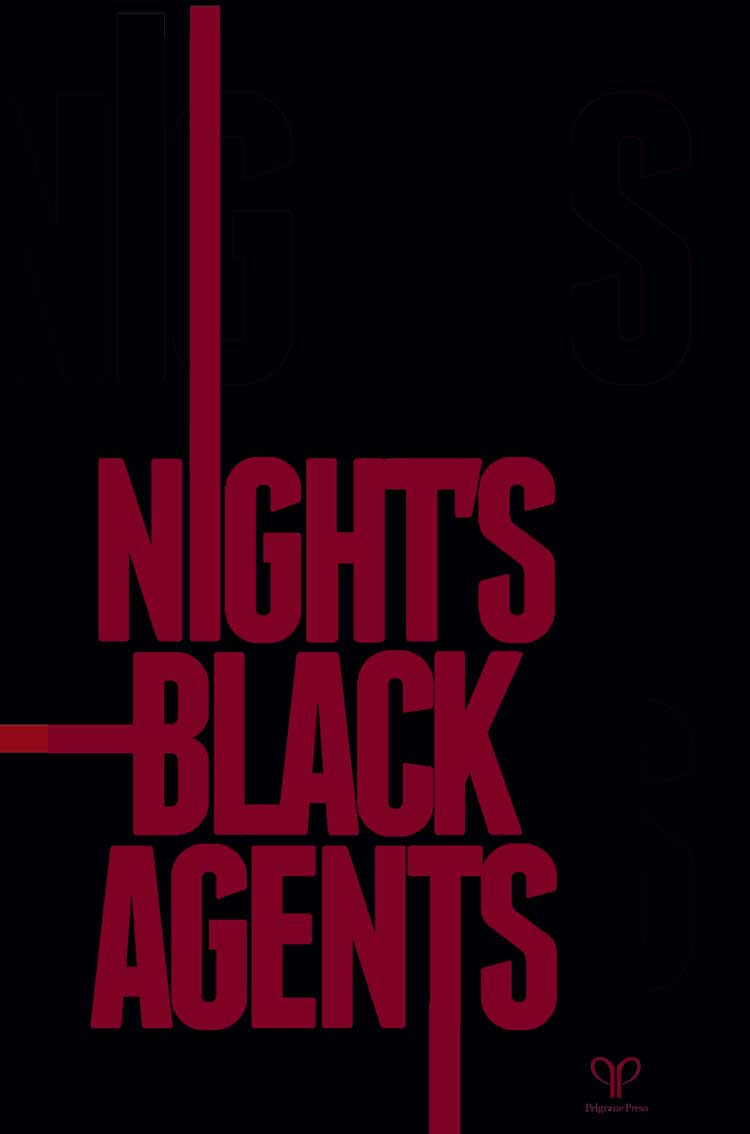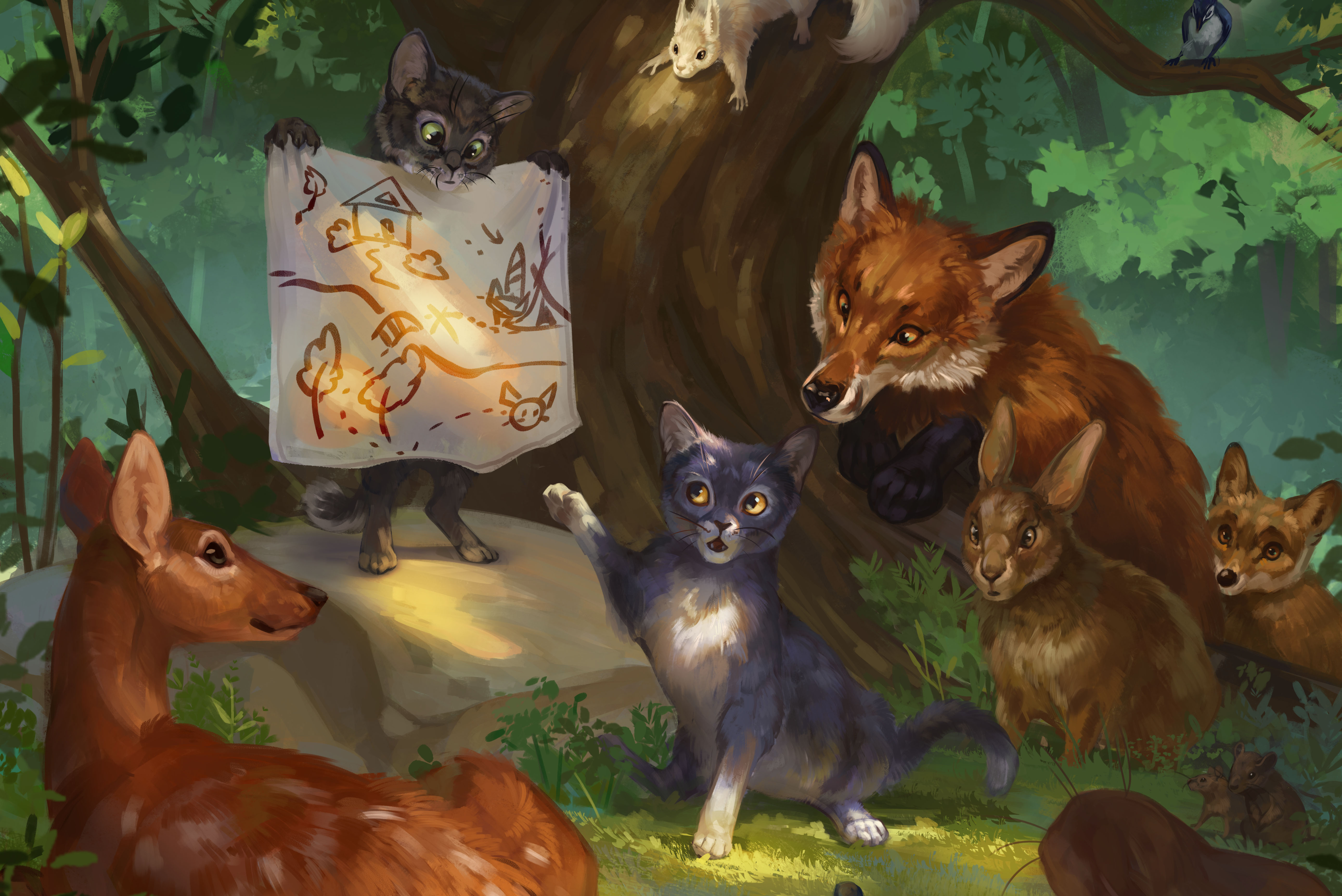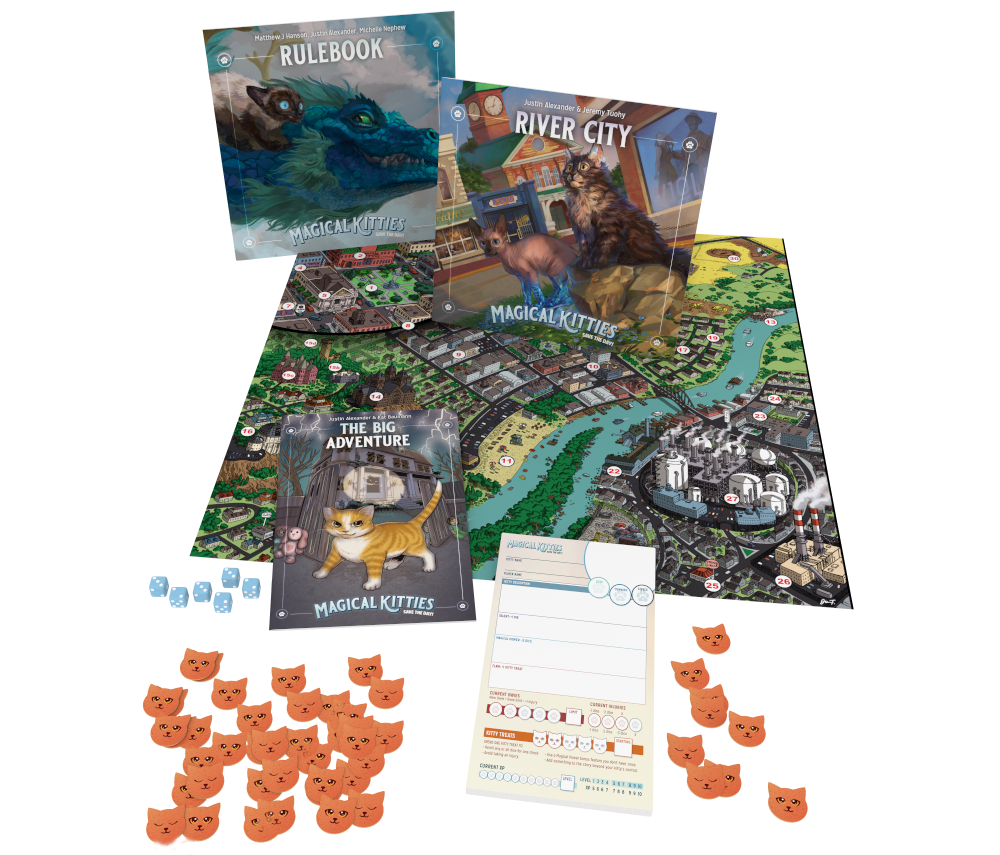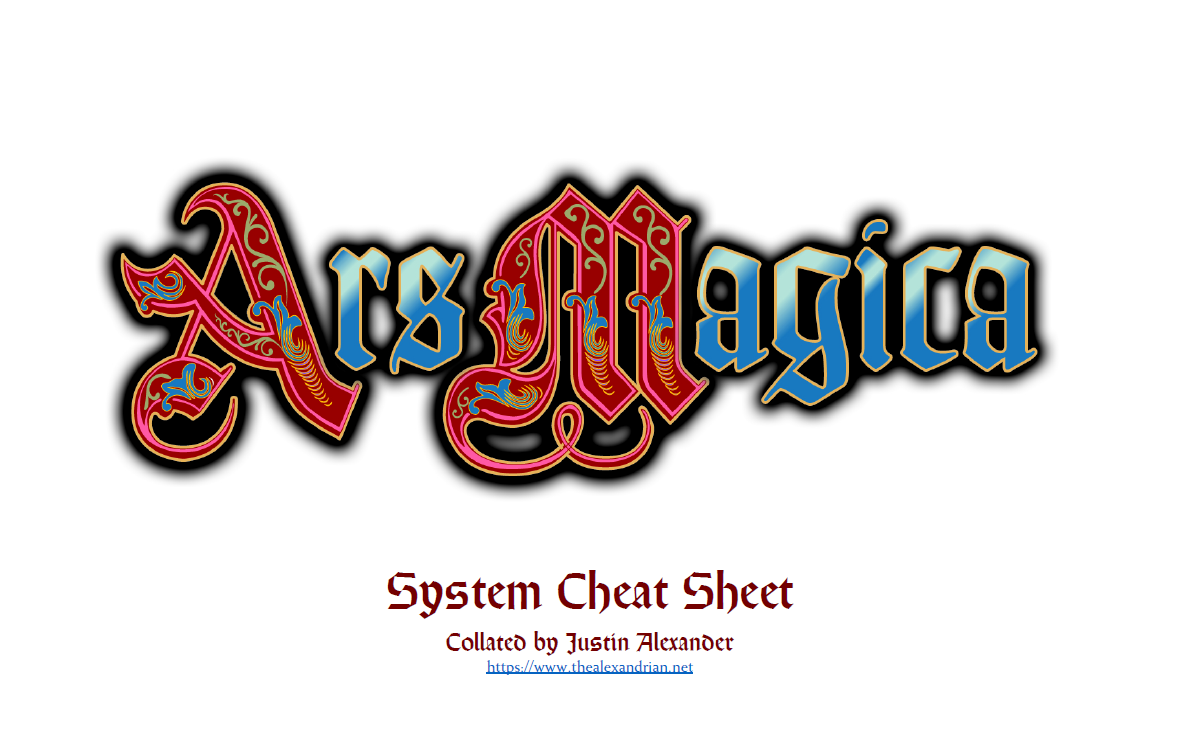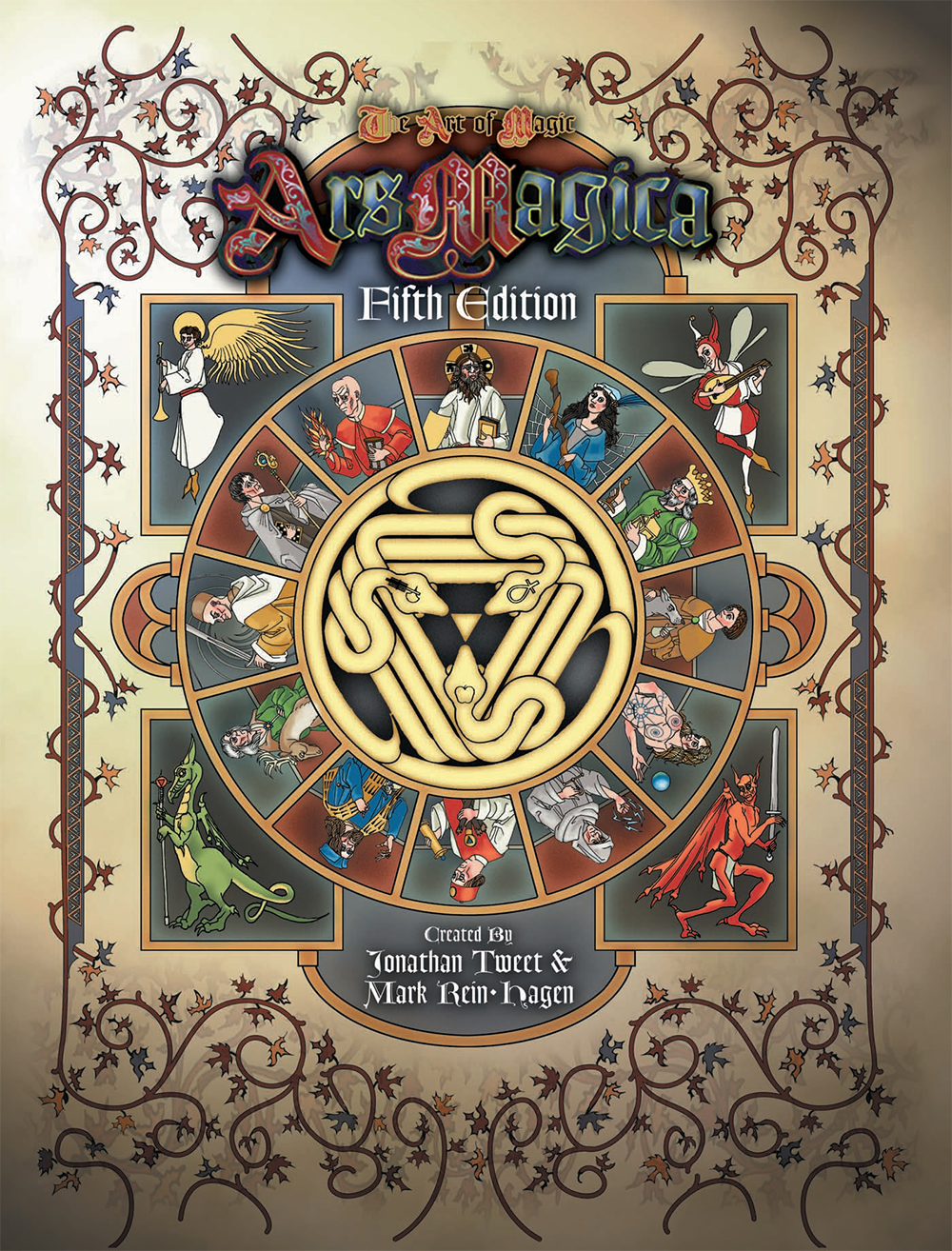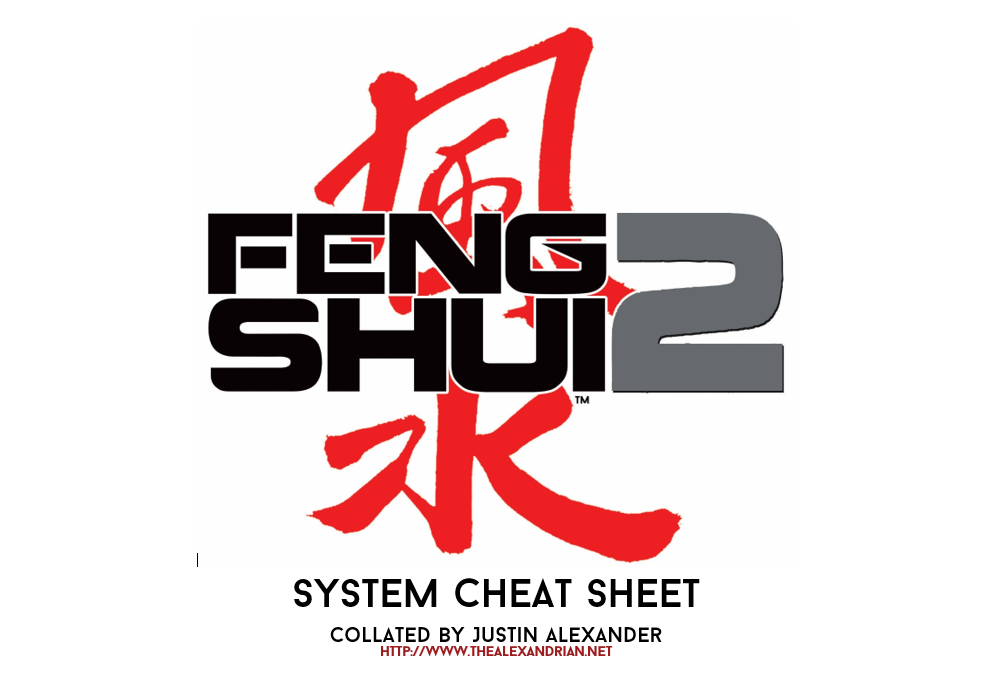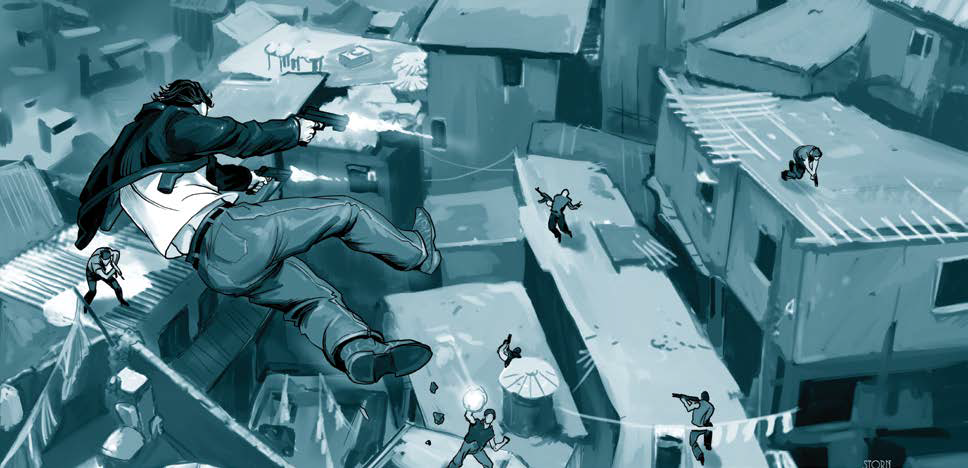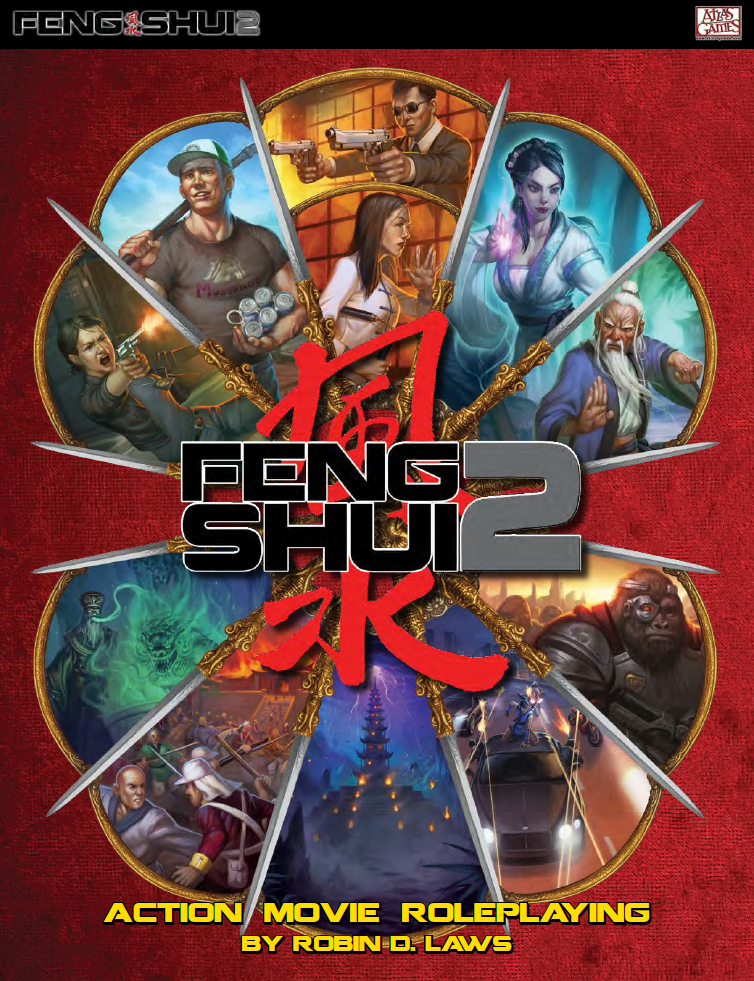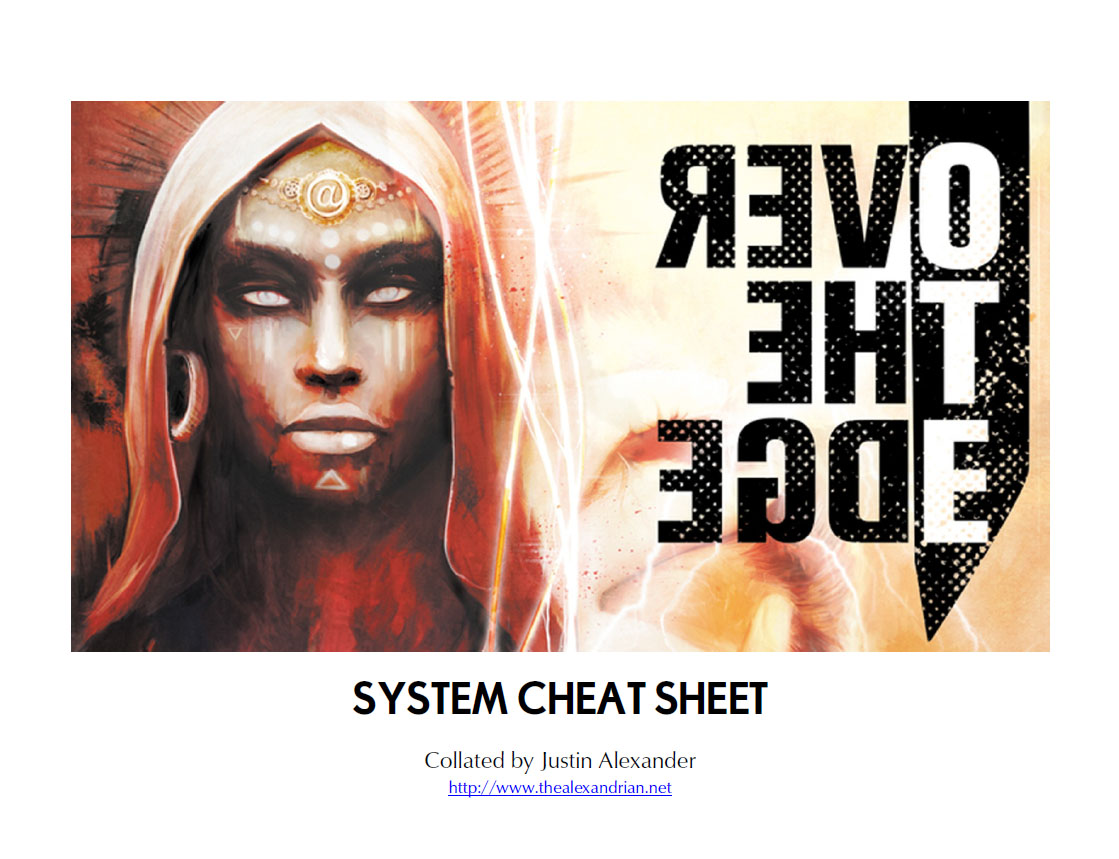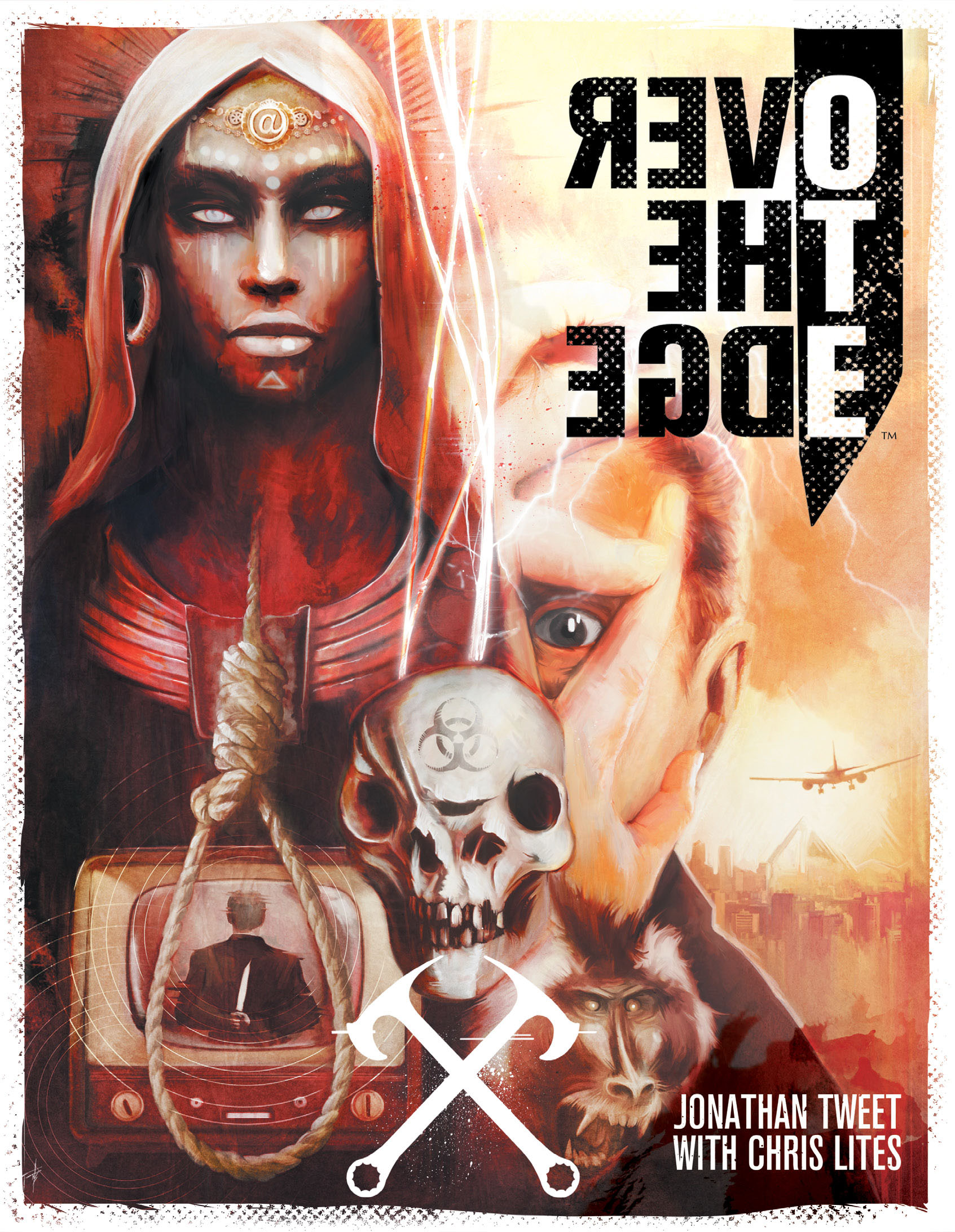Night’s Black Agents is Kenneth Hite’s love letter to spy-fi and vampire horror: The PCs are ex-intelligent agents who have sunken into the cold, mercenary realities of the underworld… and in that underworld they find the vampire conspiracy waiting for them. Whether it’s for salvation or survival, it’s time for them to get back to work.
- Innovative systems for Heat, thriller chases, thriller combat, and spy tradecraft that pivot GUMSHOE’s focus from reactive mystery-solving (“let’s go look for some clues!”) to proactive covert ops (“let’s go make some clues!”).
- The incredibly cool Conspyramid campaign structure, which not only guides the GM to prepping amazing conspiracies, but is also seamlessly integrated into the game’s core mechanics to give the GM everything they need to respond to the PCs as they strike out against the vampires!
- The equally cool Vampyramid, derived from the Push Pyramid from Elizabeth Sampat’s Blowback RPG, which gives the GM a secondary campaign structure in which the vampire conspiracy strikes back against the PCs!
- A robust system for creating completely original vampires, so that in every campaign the players are truly discovering vampires for the first time!
I’m gearing up to run a weekend-intensive campaign of Night’s Black Agents (3 days, 30 hours of gaming), and so I’ve developed one of my system cheat sheets for the game.
WHAT’S NOT INCLUDED
These cheat sheets are not designed to be a quick start packet: They’re designed to be a comprehensive reference for someone who has read the rulebook and will probably prove woefully inadequate if you try to learn the game from them. (On the other hand, they can definitely assist experienced players who are teaching the game to new players.)
The cheat sheets also don’t include what I refer to as “character option chunks” (for reasons discussed here). In other words, you won’t find the rules for character creation here.
HOW I USE THEM
I usually keep a copy of the cheat sheet behind my GM screen for quick reference and also provide copies for all of the players. Of course, we’ll keep a copy of the rulebook on the table, too. (Many of my players also bought PDF copies for character creation, too.) But my goal is to summarize all of the rules for the game. This consolidation of information eliminates book look-ups: Finding something in a dozen pages is a much faster process than paging through hundreds of pages in the rulebook.
The organization of information onto each page of the cheat sheet should, hopefully, be fairly intuitive.
PAGE 1: The core mechanics coupled to a list of the Investigative and General Abilities. Being able to rapidly and confidently identify pertinent Investigative Abilities that might be able to pull information out of a scene is pretty much the heart and soul of the GUMSHOE system, so I put these lists front-and-center for easy reference. This page also includes a reference to the Mode symbols, which are used to indicate various options that can be used to dial Night’s Black Agents into a particular sub-genre of spy fiction (ranging from John Le Carre to James Bond).
PAGE 2 – HEAT: I wanted this to be front-and-center for the players. As they do jobs, they accumulate Heat. It’s a significant part of setting tone in a Night’s Black Agents game.
PAGES 3 to 4 – TRADECRAFT: Night’s Black Agents includes a ton of specialized mechanics for running spy tradecraft. A lot of these — like adversary mapping, asset handling, covers, and contacts — are designed to give the PLAYERS tools for proactively sculpting their investigation. So I’ve gathered these from across the rulebook into arguably the most important pages for the players in the whole cheat sheet.
PAGE 5 – TOOLS: Rules for Funds & Acquisitions. Closely associated with Tradecraft, so it gets positioned here.
PAGES 6 to 7 – THRILLER CHASES: Whether running vehicle chases or foot chases, the thriller chase rules for Night’s Black Agents are robust.
PAGES 8 – EXTENDED CHASES: A similar-but-distinct system handles cross-continental pursuits as the PCs attempt to escape the police or conspiracy agents (or both!) trying to hunt them down.
PAGE 9 – COMBAT: This page includes the rules for Recovery, since about half of those are tied to healing those who have been injured in combat.
PAGES 10 to 12 – THRILLER COMBAT: These pages include combat options, the thriller combat rules, and special tactics. Like the thriller chase rules, the thriller combat rules are designed to give the PCs the ability to use their Investigative Abilities to pursue the “investigation by fist” tactics of noir and spy fiction. The half-page section on Trust & Betrayal is also slotted in here, mostly because it conveniently fit.
PAGE 13 – HAZARDS: Everything from acids to toxins.
PAGES 14 to 15 – STABILITY: Night’s Black Agents features a simplified Stability system (compared to Trail for Cthulhu) for handling the mental stresses of dealing with unspeakable horrors. I’m a fan of the optional It’s Cold Outside rules which encourage the players to leverage the Stability system to represent the dehumanizing demands of the spy world.
PAGE 16 – CONSPYRAMID/VAMPYRAMID: One-sheet reference for the GM.
PAGE 17 – VAMPIRES: Vampires can be radically different in Night’s Black Agents thanks to the vampire-creation rules, but my goal with this page is to hopefully give the GM all the general rules they need. When in doubt, though, I err on the side of assuming you can include pertinent details in the stat sheet for the specific vampires you’re running (rather than just choking this sheet full of maybe-if’s).
PAGE 18 to 19 – CHERRIES: A final GUMSHOE innovation in Night’s Black Agents are cherries; special bonuses that PCs get in any General Ability where they have 8+ points. These are all pulled together here for easy reference. (Something which may be confusing is that some of the cherries which are described in the “Thriller Combat” chapter of the book are placed here instead of with the general Thriller Chase rules. I found it was almost always less confusing to have the “only some characters can do this” reference in its own section, and it also made the cheat sheet more manageable in general. I will confess I had one, “Where the heck are the rules for using a mook shield?!” moment before I remembered that it was a cherry and not a general rule. But this quickly sorts itself out.)
MAKING A GM SCREEN
These cheat sheets can also be used in conjunction with a modular, landscape-oriented GM screen (like the ones you can buy here or here).
Personally, I use a four-panel screen and use reverse-duplex printing in order to create sheets that I can tape together and “flip up” to reveal additional information behind them.
I’m still experimenting with the best arrangement of these sheets for my GM screen, but I’ll come back and tell you when I figure it out!
FURTHER READING
Review: Night’s Black Agents
Review: The Zalozhniy Quartet
Review: The Persephone Extraction

